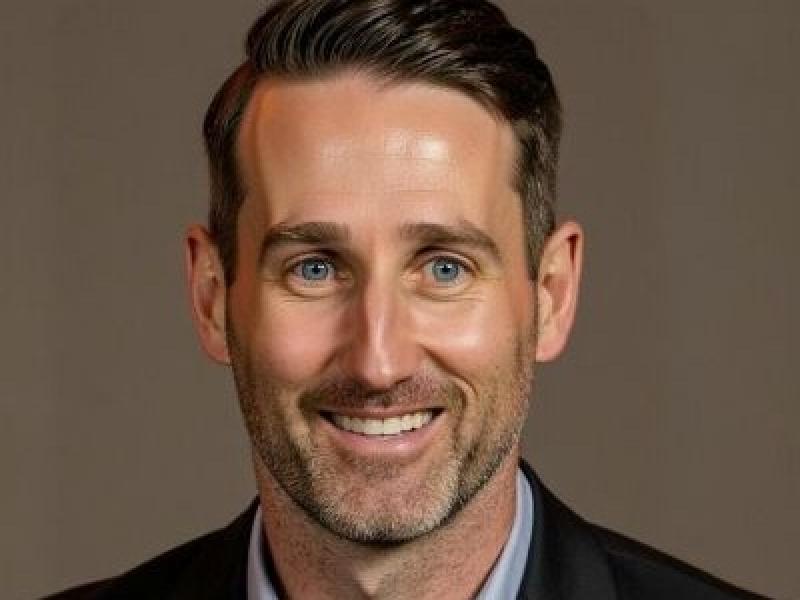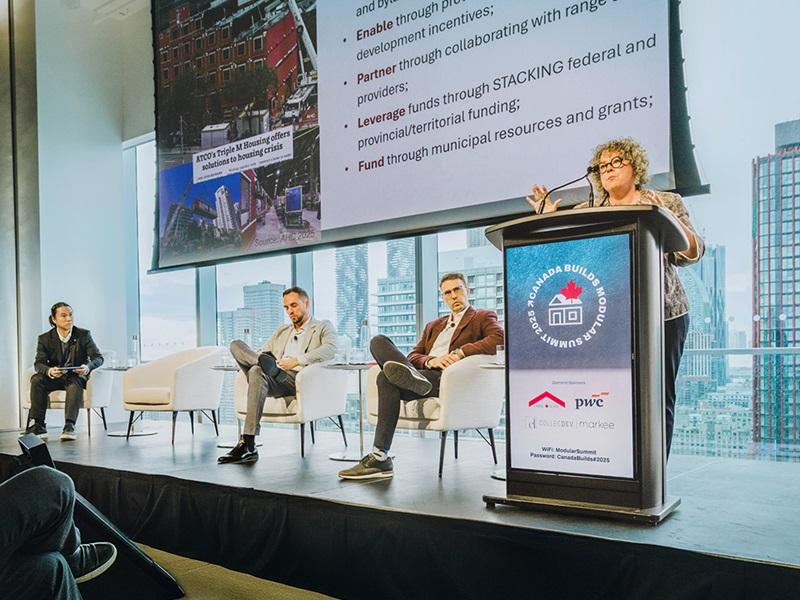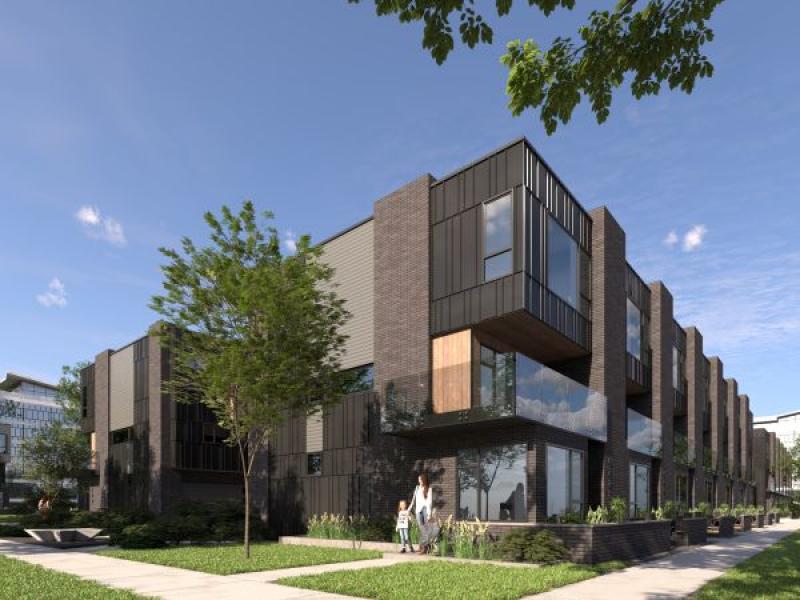
Homebuilder Jayman BUILT has crossed a major milestone in Alberta, with the almost 4,000 homes it has constructed in the past seven years capable of generating over 10 megawatts (MW) of electrical energy.
Working alongside its partner, solar panel provider SkyFire Energy, the company achieved the generation standard from its homes at almost 60 communities across the province.
“It’s an amazing thing, especially since we started doing this in 2018 and how each year, we just add to what we call our Jayman residential solar system, which is the total amount of Jayman homes that have solar,” Dave Krasman, Jayman’s director of corporate purchasing, told RENX. "We do track how many we add each year, and it’s growing exponentially."
In an announcement, the homebuilder said the 3,964 homes it has built with solar panels as a standard option have a total of 28,262 solar modules installed.
Since Jayman and SkyFire began working together, this has resulted in some promising results as to what solar can achieve, according to Krasman.
“They educated us on the benefits and really the simplicity of it all, and how it’s so practical to do on a roof," he said. "And really, in Alberta or Saskatchewan, the prairie provinces, why wouldn’t you? We have so much sun, so use that free energy.”
SkyFire, Jayman increase solar panels on homes
For SkyFire, this number validates its corporate bet on solar power as a viable option for homeowners.
“The megawatt announcement is really the culmination of many years of work, where we (were) starting with six panels at the beginning, and then in recent years, 10 panels on every single home,” said David Vonesch, chief executive office and president of SkyFire Energy in Calgary.
The solar power installations are not the only way the homebuilder has been helping its clients reduce their carbon footprints.
“They improved insulation, improved the efficiency of the appliances and the heating systems they were using in those homes. They’ve done a lot of that base-level work around improving the energy efficiency of their homes prior to deploying solar,” Vonesch observed.
“This was a part of their long-term plan and position in the marketplace, to build energy efficiency and then working towards net-zero energy homes in some cases as well. It’s really part of that bigger story.”
Saving 5,776 tons of greenhouse gas annually
The numbers compiled by Jayman are impressive since it began offering solar panels on all new builds.
“I have a little chart that I did for our presentation this year for the sales team, and when we started . . . I think we saved about 708 tonnes of greenhouse gas," Krasman said. "By the end of 2024 when we put all those 4,000 homes together, now we’re saving 5,776 tonnes of greenhouse gases a year.”
In addition to the environment benefits, homeowners are also saving money on electricity, averaging around $360 to $400 per year, he said.
For new homeowners, buying a home with the solar panels is also much cheaper than getting a home retrofitted later, according to Krasman.
“We make a bulk buy and include that with your home so the cost to the consumer when you buy a Jayman home is a lot less than if you were to buy them retail: it would cost about $12,000.”

Jayman’s success is also being noticed in the Alberta housing market, Vonesch said.
“We’re seeing the impact already. There are now two other large homebuilders competing with Jayman that have now decided to follow suit and put solar at every one of their homes. Others are following in Jayman’s foot steps.”
Homeowners are seeing benefits when it comes time to sell.
“When people see a home with solar, they understand that home is a higher-quality home: they perceive it as a more efficient home, a home that has a greater value, a home that has lower operating costs,” Vonesch said.
Homes can contribute power to the grid
Having the solar panels installed up-front means most of the heavy lifting is done before the homeowner moves in.
“The hardest part for them is making sure they sign that micro-gen agreement (micro-generation)," Krasman said, noting everything else is a turn-key installation. "We hook all the solar panels up and we commission them, and we get them all ready to go; pass inspection, all they have to do is give their approval to a micro-gen agreement with their utility provider.
"They already have a bi-directional meter. If they over-generate solar in the summertime, then they’ll see a credit on their bill.”
The SkyFire system also comes with a CPU unit that can be connected to the internet, allowing homeowners to monitor individual energy usage.
“Once you’re up and running, it’s not a lot you have to do except collect the benefits,” Krasman said.
For those who wish to access government help to install onto existing homes, there are a few options, according to Vonesch.
“Federally, the greener homes loan is available so you can get a $40,000 interest-free loan with a 10-year amortization that can obviously really help homeowners finance these system costs,” he said.
Residents of certain Alberta communities — such as Calgary and Edmonton — can access “CEIP or clean energy improvement programs, where you can finance the cost of the solar array on your home through the property taxes the same way you’d finance laneway paving," Vonesch said.
"You can tie the financing to the property instead of the homeowner and so that can really help where some of the things we hear from homeowners: ‘I don’t know if I’m going to be living here in five years, so it’s hard to make an investment in a project with a 10-year payback.’”
While Jayman is promoting its 10 MW announcement, it’s not standing still on this achievement.
“We have new communities coming and our first one is called Nostalgia, it’s actually launching this year," Krasman said of the new development in the Seton area of Calgary. "We will be the exclusive builder, so the plan will be to have all 2,400 single homes going in there with 10 solar panels.”










